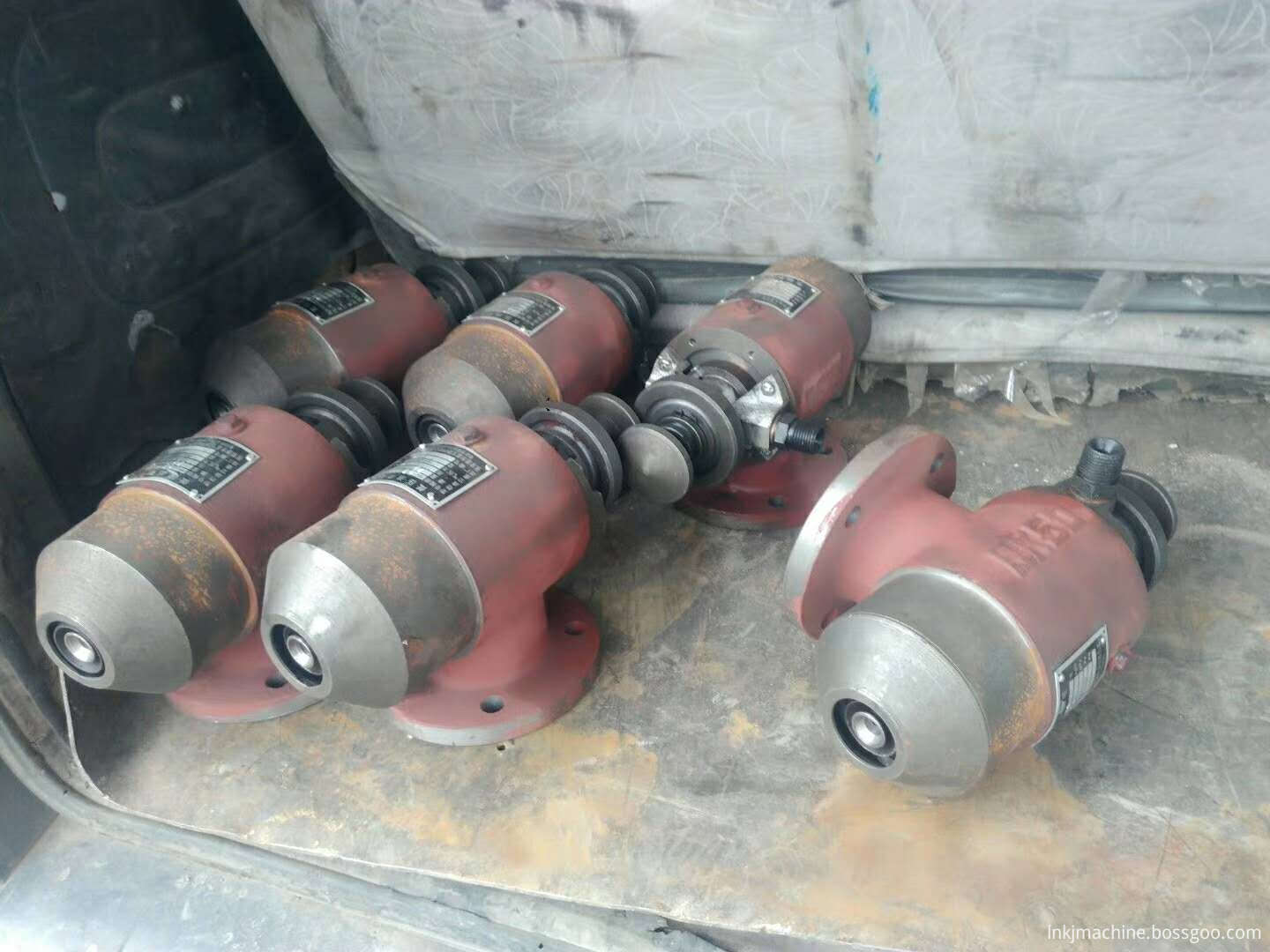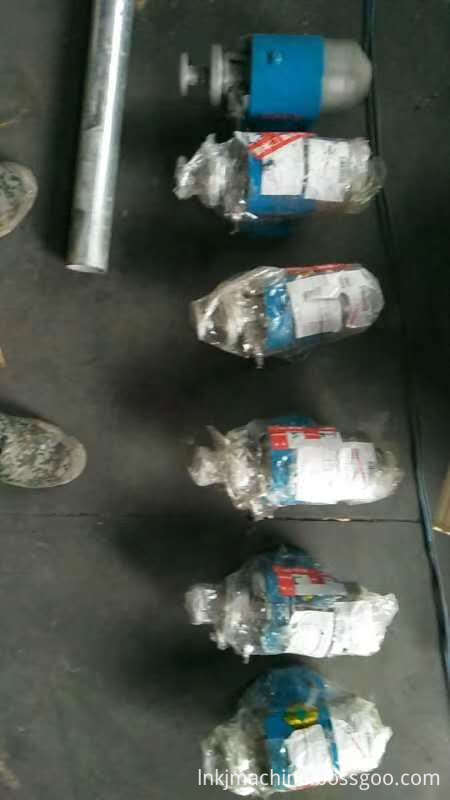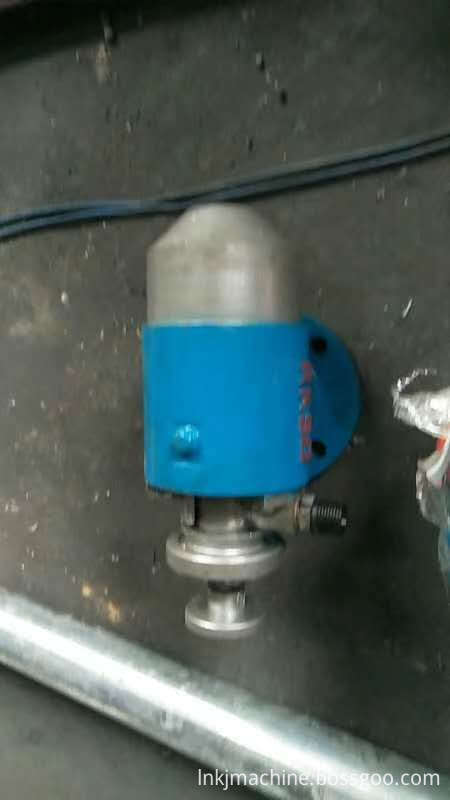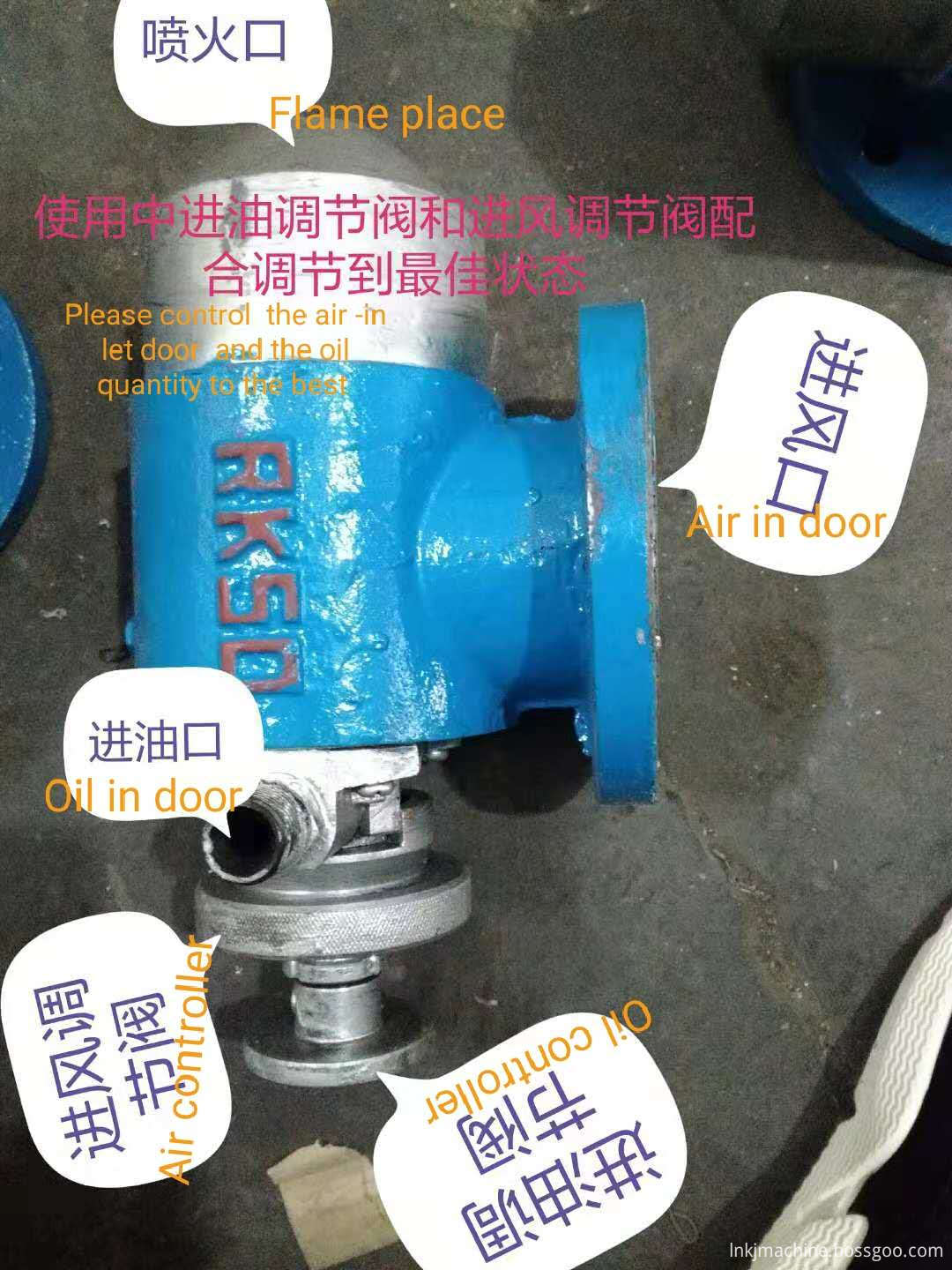A new report from an international team said that with the aid of the sensor technology developed by them, the mechanical prosthesis can detect the electrical signals sent by the motor neuron of the spinal cord and make the control of the prosthesis more flexible, which is equivalent to controlling the prosthesis with the idea. The technology is expected to help amputees resume more activity. Most current mechanical prosthetic products on the market rely on the user to twitch the muscles of the shoulders or arms to control. This mode of operation has poor user experience and limited functions, and can only execute one or two simple grab actions. The paper, published in the new issue of Nature Biomedical Engineering in the United Kingdom, said researchers from research institutes in Britain, the United States and Austria have worked together to develop a new sensor that enables mechanical prostheses to directly detect movement from the spinal cord The electrical signals emitted by neurons are more precise than those manipulated solely by the muscle twitches. The achievable actions are also more complex and the practicality of mechanical prostheses increases. Six volunteers were involved in the test, either as amputations from the shoulders or amputated from above the elbows. To test better, volunteers underwent surgery, part of their peripheral nervous system was readjusted and connected to healthy muscles. After a certain amount of training, the volunteers only need to imagine moving the arm to do different actions. The sensor on the prosthesis can receive the electrical signal and analyze it, so as to issue commands to control the movement of the elbow and the prosthetic wrist , Opening and closing the palm and other movements, most of the real arm can achieve the basic functions. One of the study's authors, Dario Farina, a professor at Imperial College London, said the new technology focuses on the nervous system rather than muscle, meaning sensors can be used to more clearly detect and resolve related signals, allowing the machinery Prosthetic use in the use of more intuitive control, the disabled will be more useful. The team will conduct a broader clinical trial of this new type of mechanical prosthesis, which is expected to enter the market in the next three years after continuous improvement.
Heavy oil burners are specially designed for waste tyre pyrolysis machines,
which burns with the oil generated from system itself.
It is not only easy to operate but also quite cheap.
the final products will be 40%-45%tyre oil(fuel oil), carbon blacks and 35% carbon blacks, and 10% steels and another 5-10% recycling gas(CH4-C4H10).
the main process is that by heating the reactor directly, tyres will be pyrolysised into oil gas;
condensers or cooling pipes will cool the gas down into liquid oil with the help of recycling water;
then the rest gas which could not be cooled down into liquid oil will be recycled into reactor heating system; after oil gas coming out completely, stop heating the reactor, and cool down reactor below 70 degrees; then can open the door and discharge carbon black automatically...
there are models with capacities from 5tons to 20tons per batch
LN-2200-6000 capacity of 5-6ton
LN-2200-6600 capacity of 7-8ton
LN-2200-8000 capacity of 9-10ton
LN-2600-6600 capacity of 10-12ton
LN-2600-8000 capacity of 12-14ton
LN-2800-6000 capacity of 10-12ton
LN-2800-6600 capacity of 12-14ton
LN-2800-8000 capacity of 15-20ton
if cut into smaller pieces, it could process more.
Heavy Oil Burners For Waste Pyrolysis Machines Boiler Equipment Heavy Oil Burner,Heavy Fuel Oil Burner,Fuel Oil Domestic Burners,Fragrance Oil Burners Henan Lanning Technology Co., Ltd , https://www.lanningrecycling.com



